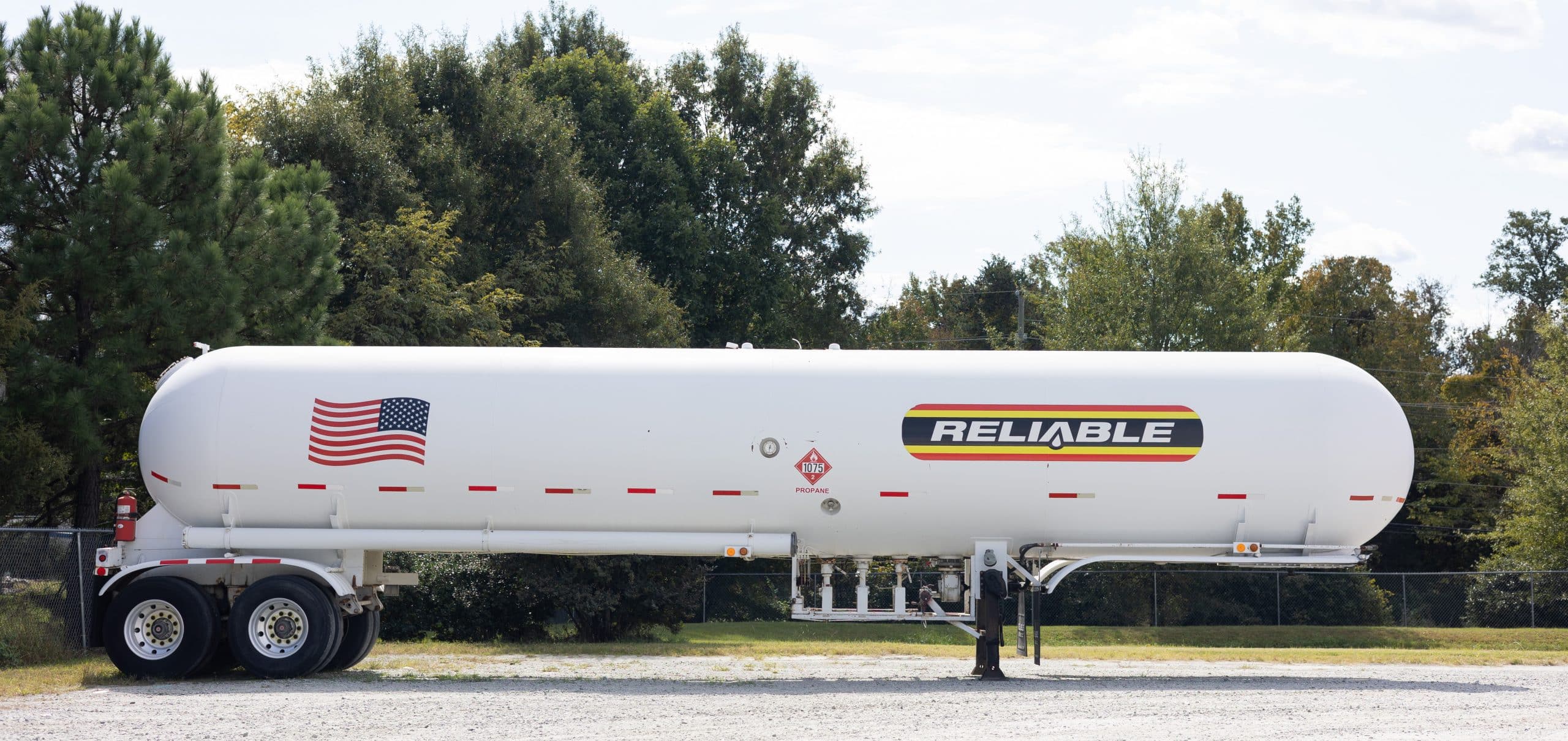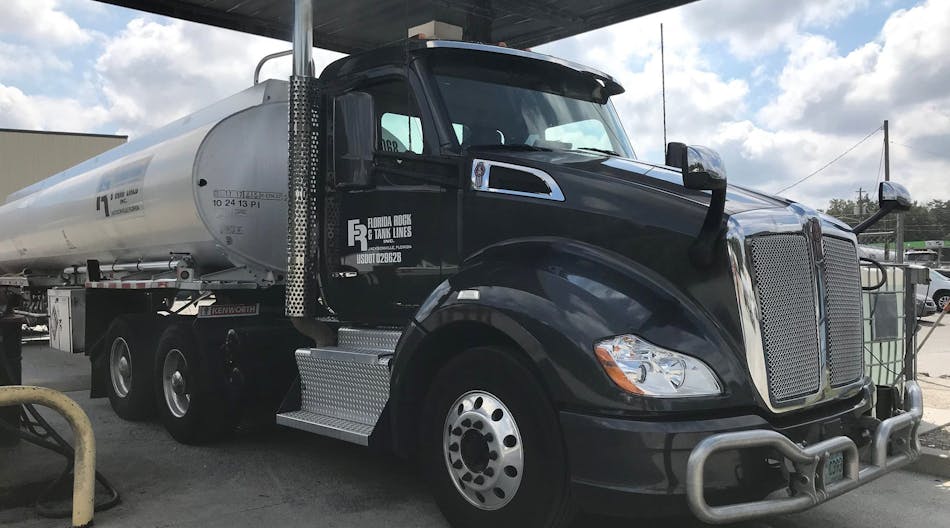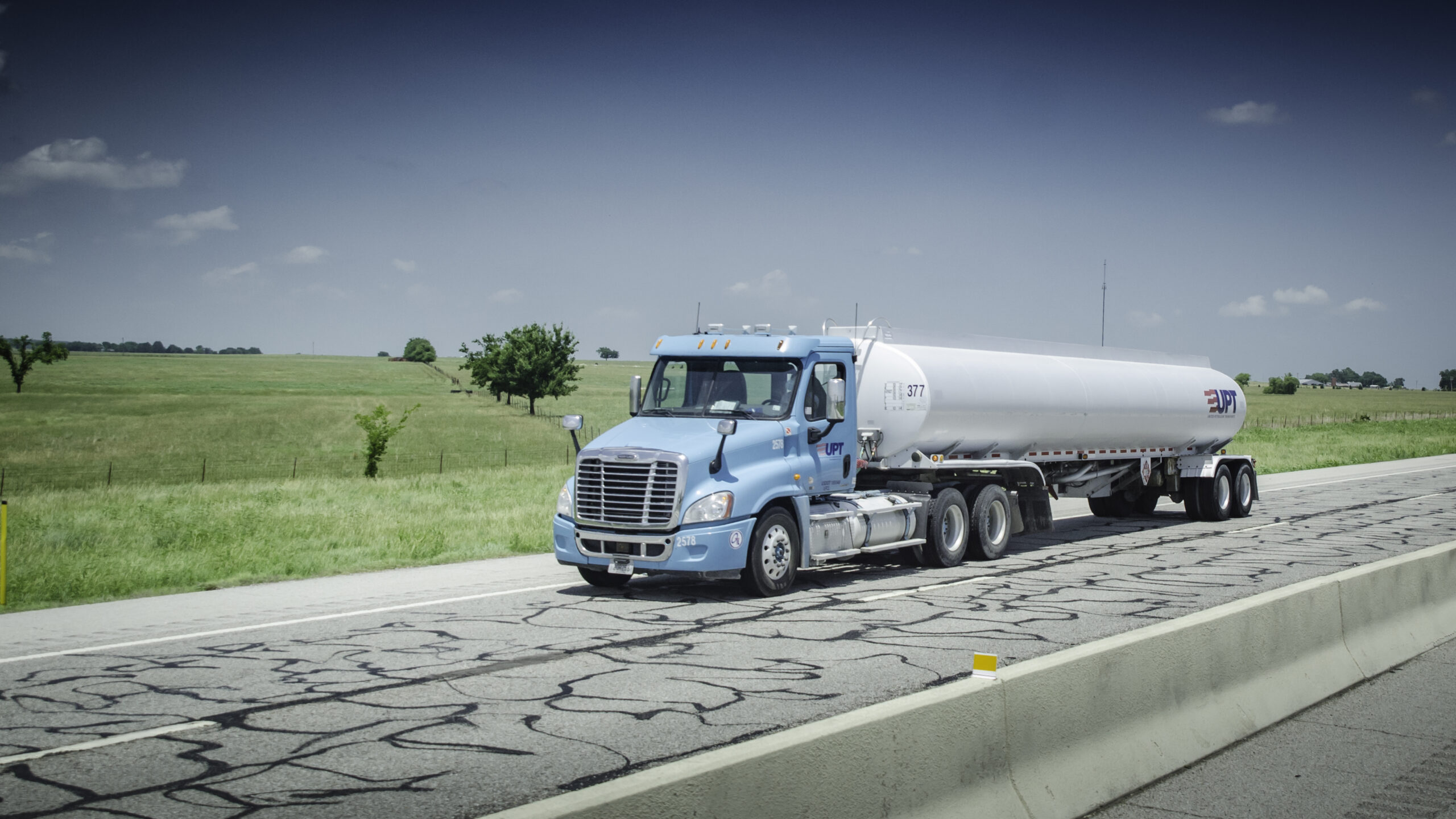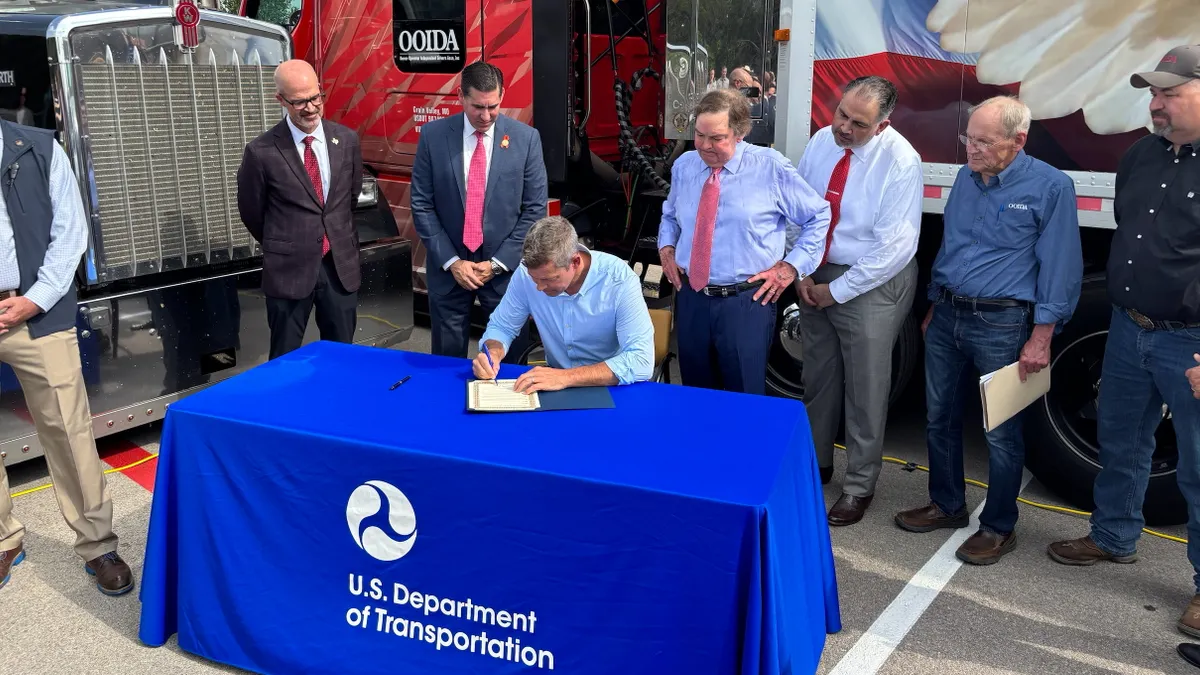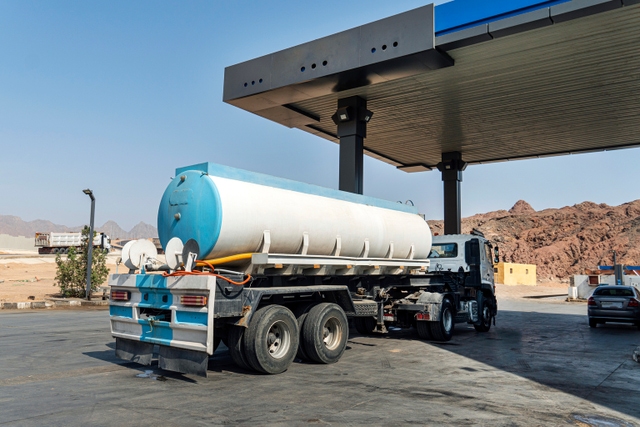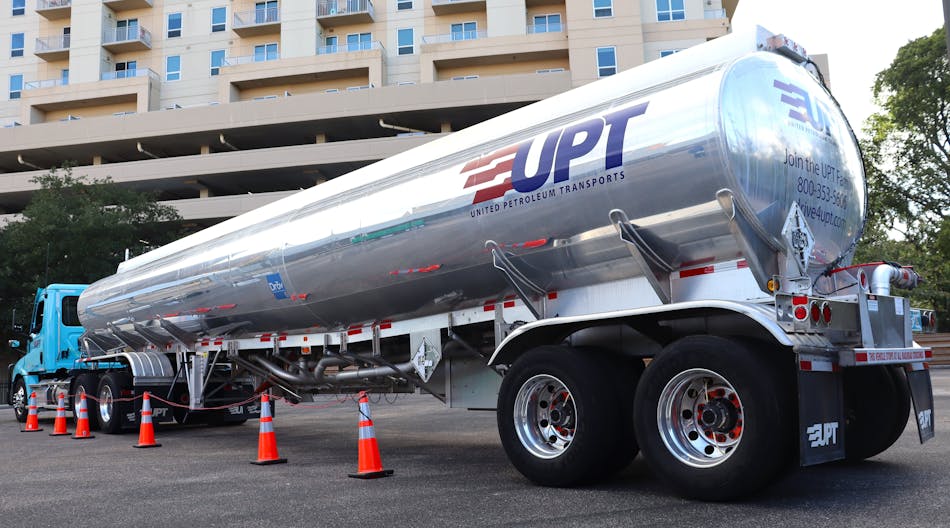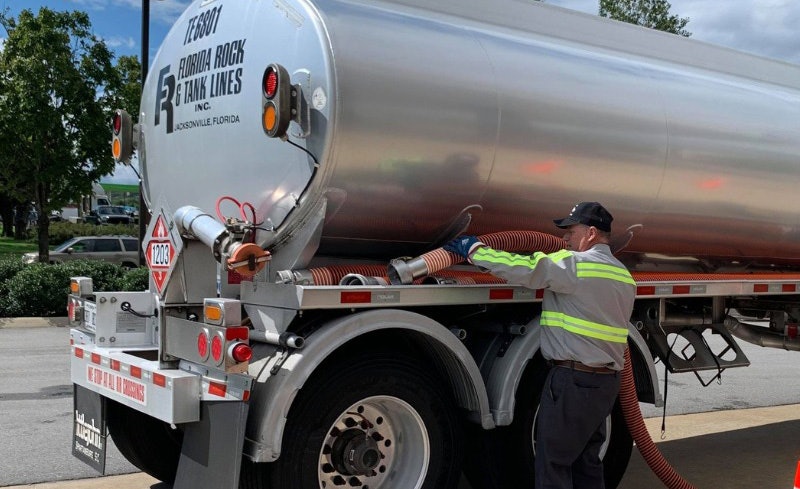Oklahoma Tank Lines & United Petroleum Transports
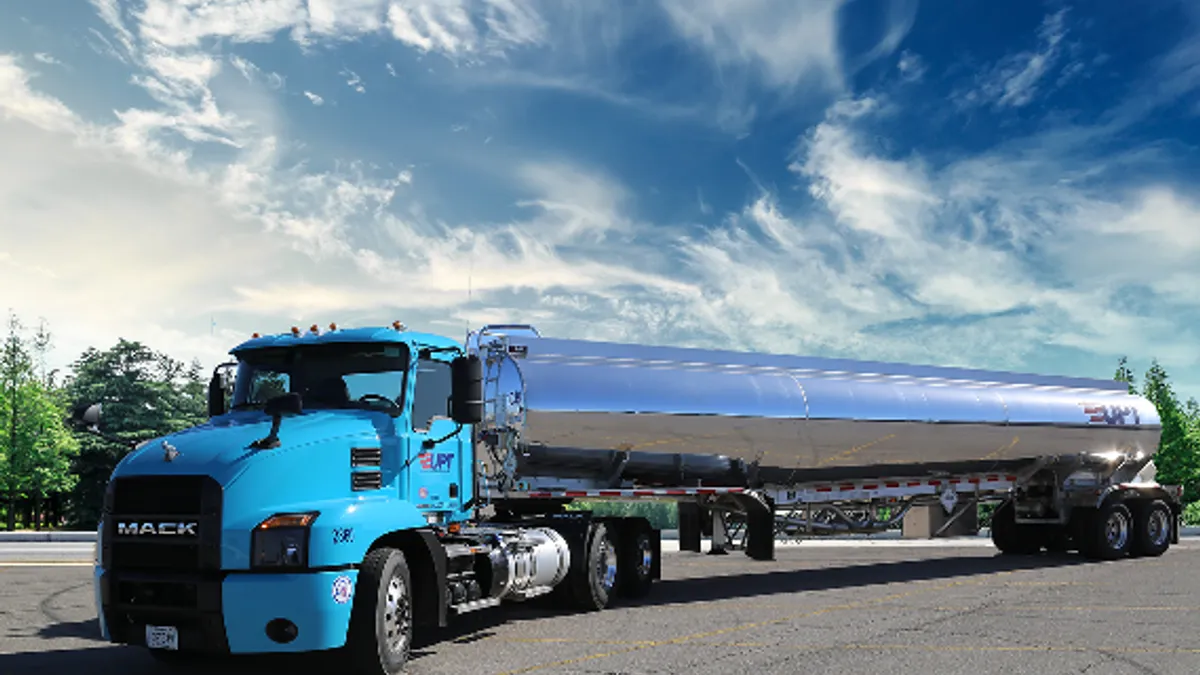
The landscape of petroleum transportation in the United States is undergoing significant shifts, marked by economic pressures, regulatory changes, and evolving market demands. Two prominent players, Oklahoma Tank Lines and United Petroleum Transports (UPT), are navigating these complex challenges, impacting not only their operations but also the broader energy sector and the communities they serve.
This article delves into the current state of Oklahoma Tank Lines and United Petroleum Transports, examining their business strategies, recent operational adjustments, responses to regulatory developments, and the outlook for their future amidst a dynamic and uncertain energy environment. The analysis will draw upon publicly available information, industry reports, and, where possible, official statements to provide a balanced perspective on the issues facing these key transportation companies.
Operational Overview and Market Position
United Petroleum Transports (UPT), headquartered in Fort Worth, Texas, stands as a major hauler of petroleum products across the South Central and Southeastern United States. With a large fleet of trucks and a network of terminals, UPT provides transportation services for gasoline, diesel, jet fuel, and other refined products. Their extensive reach and capacity make them a critical link in the supply chain for fuel distribution.
Oklahoma Tank Lines, while perhaps not as widely recognized nationally as UPT, plays a vital role in the regional transportation of petroleum and other bulk liquids, particularly within Oklahoma and surrounding states. Details about their specific fleet size and terminal network are less readily available publicly, but their contribution to regional fuel distribution is undeniable.
Economic Pressures and Adaptations
The petroleum transportation industry is highly sensitive to fluctuations in oil prices, demand for fuel, and overall economic conditions. Recent years have presented significant volatility, impacting both Oklahoma Tank Lines and United Petroleum Transports.
Reduced demand during periods of economic slowdown, coupled with increased competition and rising operating costs (including fuel, insurance, and driver compensation), have put pressure on profit margins. To mitigate these challenges, companies like UPT have focused on optimizing routes, improving fuel efficiency, and investing in technology to enhance operational efficiency.
There are reports that UPT has explored various strategies to maintain profitability, including potentially diversifying their service offerings or expanding into new geographic markets. Maintaining a competitive edge requires constant adaptation in a fluctuating market.
Regulatory Landscape and Compliance
The transportation of hazardous materials, including petroleum products, is subject to stringent federal and state regulations. These regulations, overseen by agencies like the Department of Transportation (DOT) and the Environmental Protection Agency (EPA), cover everything from driver qualifications and vehicle maintenance to spill prevention and emergency response.
Oklahoma Tank Lines and United Petroleum Transports must comply with these regulations to ensure the safe and responsible transportation of their products. Non-compliance can result in hefty fines, operational disruptions, and damage to their reputation.
Staying abreast of regulatory changes and investing in compliance programs are essential for both companies. This includes ongoing training for drivers, regular inspections of equipment, and robust safety management systems.
Impact of Environmental Regulations
Increasingly stringent environmental regulations are adding another layer of complexity to the transportation industry. Regulations aimed at reducing emissions from vehicles and facilities are forcing companies to invest in cleaner technologies and adopt more sustainable practices.
This can involve upgrading to newer, more fuel-efficient trucks, implementing technologies to reduce idling, and exploring alternative fuels. The transition to a lower-carbon future will likely require significant investment and adaptation from companies like Oklahoma Tank Lines and United Petroleum Transports.
Furthermore, regulations concerning the prevention of spills and leaks are becoming more stringent. Companies must demonstrate a commitment to environmental stewardship to maintain their licenses and operate responsibly.
The Future of Petroleum Transportation
The long-term outlook for the petroleum transportation industry is uncertain, influenced by factors such as the growth of renewable energy sources, the electrification of transportation, and evolving consumer preferences. While demand for gasoline and diesel fuel may decline in the coming years, petroleum products will likely continue to play a significant role in the energy mix for the foreseeable future.
Oklahoma Tank Lines and United Petroleum Transports will need to adapt to these changing market dynamics to remain competitive. This could involve diversifying their service offerings to include the transportation of other products, investing in new technologies, and focusing on efficiency and sustainability.
The ability to innovate and adapt will be crucial for these companies to thrive in a rapidly evolving energy landscape. Strategic planning and a willingness to embrace change will be key to their long-term success.
Potential for Diversification and Innovation
One potential avenue for growth is diversification into the transportation of other bulk liquids, such as chemicals, biofuels, or even water. This would allow companies to leverage their existing infrastructure and expertise to serve new markets.
Investing in technology to improve efficiency and safety is also essential. This could include implementing advanced telematics systems, utilizing data analytics to optimize routes, and exploring the use of autonomous vehicles in the future.
Ultimately, the future of Oklahoma Tank Lines and United Petroleum Transports will depend on their ability to adapt to the changing needs of the energy market and embrace innovation to remain competitive. Their actions will undoubtedly influence the broader transportation landscape and the energy sector as a whole.



